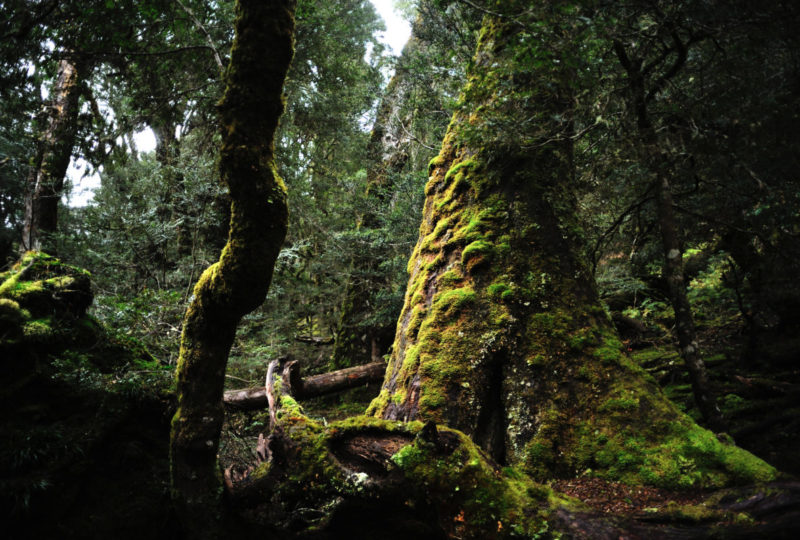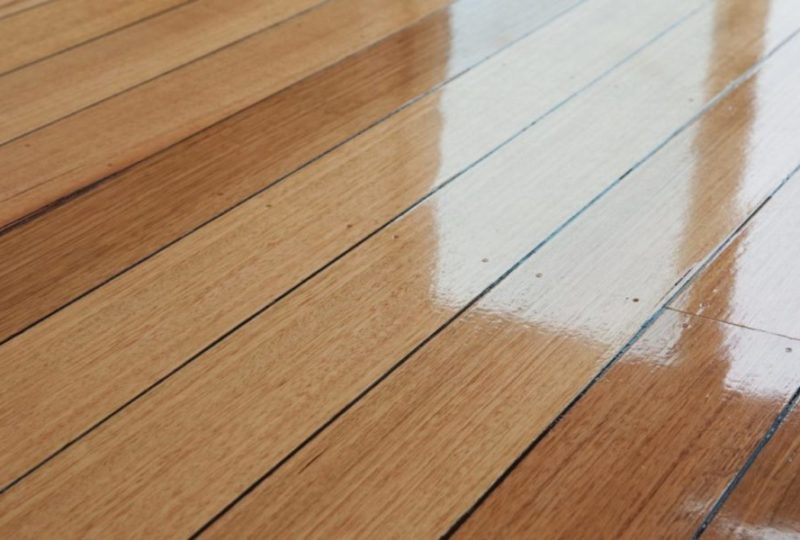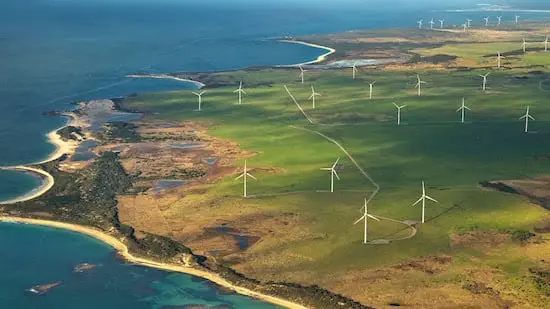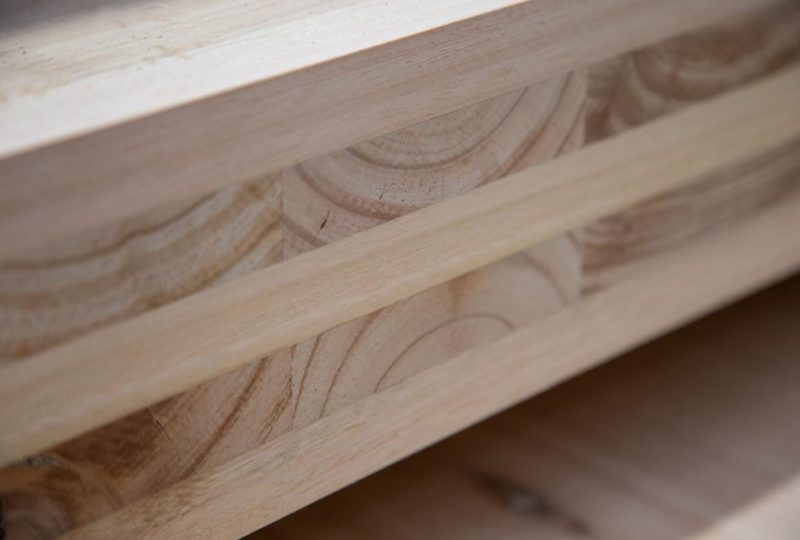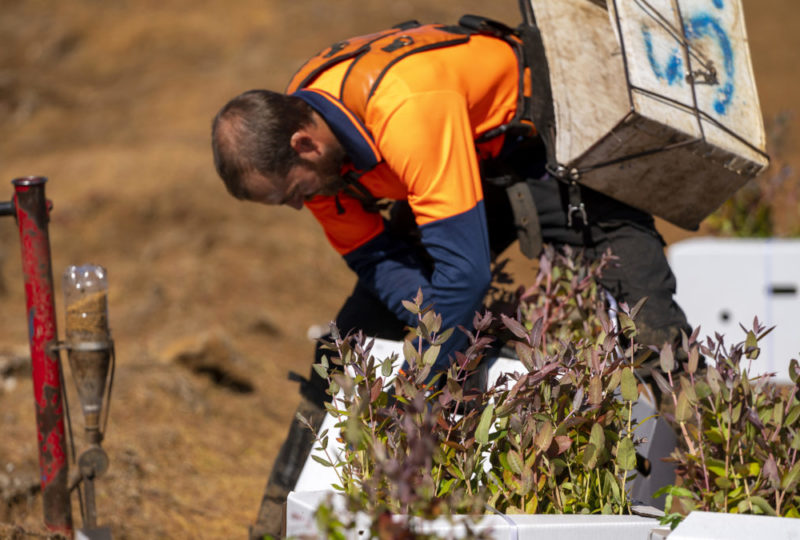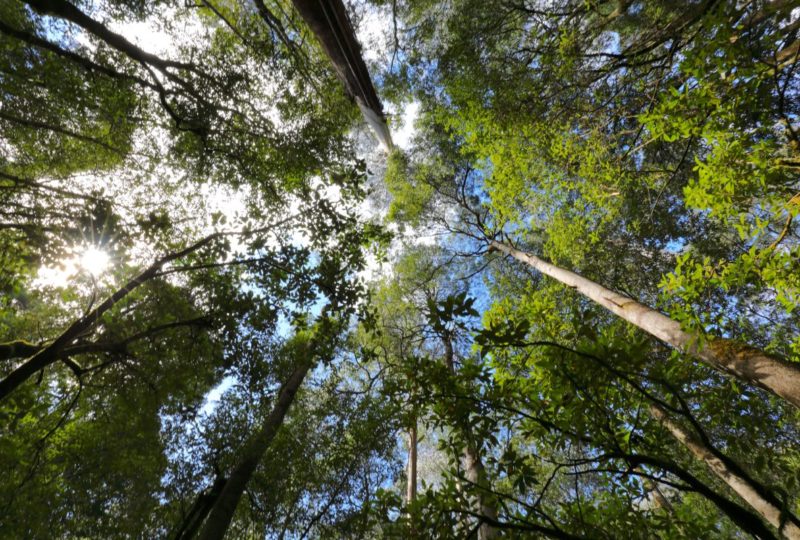Topic: Solutions
Stopping climate change requires balance
Forestry is a well-established industry in Tasmania and our balanced approach has ensured that after hundreds of years of utilising the resource, we still have some of the highest proportion of forests per capita, and some of the most ecologically important forests in the world.
This is regeneration, conservation and production in action!
Our forests, all forests, act as a carbon sink. That includes our protected forests, our plantation estates and our managed public forests.
The majority of our natural forests remain untouched and continue to provide biodiversity, high value conservation and a unique natural environment. But expecting this, and this alone, to combat climate change is to not understand the issue.
Our forests act as a carbon sink and produce wood-based products that help achieve climate neutrality by storing carbon, which offsets greenhouse gas emissions. Projected climate change means it will be important to sustainably manage our current natural forests and plantations to both offset atmospheric greenhouse gases and produce environmentally friendly construction materials.
The European Union’s Forestry 2030 Strategy, the IPCC and COP26 support multi-functional forests and a balance of protection and production, acknowledging that this approach will continue to help in reducing greenhouse gas emissions – it’s reassuring for all that Tasmanian forestry mirrors this approach.
Ambling along and just emitting “less” is not going to cut it. We must remove more carbon from the atmosphere than we produce to slam climate change into reverse.
So how do we do this? Well there are great advances being made to reduce carbon outputs – electric vehicles, more efficient heating and cooling systems and environmentally friendly power generation but they still emit carbon, albeit less.
When done properly however, forestry has the power to not just replace carbon emitting industries, reducing emission output, but to absorb the carbon output of others.
To do this we must produce a range of products for a myriad of uses. We are doing this and we are making advances into new products and new uses every day. Because the more products that wood replaces, plastics, steel, aluminium, concrete etc (the list goes on), the harder in reverse we slam the climate change gearstick.
But let’s face it, humans are fickle.
If we want people to uptake even more forestry products instead of carbon emitting products, we need to continue to provide not just high quality products but beautiful products. And to do this we need product diversity because I assure you, if people don’t have options they find attractive, they will buy an alternative or imported product.
Tasmania is in a strong position to genuinely contribute to net zero nationally and globally, a position that the industry supports and encourages. But to do this we need a balance of conservation, plantation and managed native forests.
We don’t expect power generation to come from just solar, we expect a multifaceted approach of wind, solar, wave (and whatever technology comes next) because different methods work in different scenarios. It is the same when replacing carbon emitting construction materials. Different products work better for different purposes, and we must maintain that diversity.
Tasmania’s well balanced and diversified sustainable forest industry will be critical going forward to supply timber, fibre, biomass, non-timber resources and conservation benefits.
To change the available mix of products available, for some ideological reason, will put us back into first gear, disadvantaging and limiting the use the most environmentally responsible solution to climate change.
